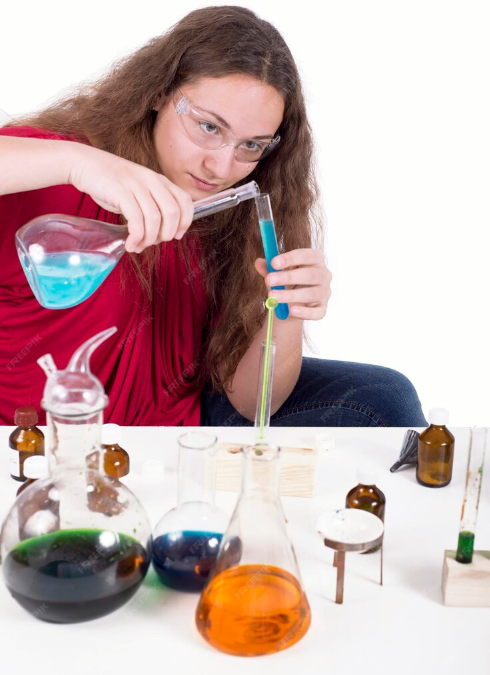Understanding Chemical and Physical Changes: A Comprehensive Guide
Written by SlyAcademy Team
Table of Contents
- Introduction
- What Are Chemical Changes?
- What Are Physical Changes?
- Distinguishing Between Chemical and Physical Changes
- Review Activity
- Conclusion
Introduction
Chemical and physical changes are integral to understanding how substances interact, transform, and exist in the world around us. From the rusting of iron to the freezing of water, every change has a story to tell about the bonds that hold matter together. This guide explores how chemical and physical changes differ, what makes each unique, and how to identify them in everyday reactions.
What Are Chemical Changes?
Chemical changes involve transformations that lead to the formation of a new substance, often accompanied by energy changes, changes in properties, or color changes. This occurs when intramolecular bonds—the bonds holding atoms together within molecules—are either formed or broken during a reaction. The end result is a completely new chemical composition.

Visualizing Chemical Changes with Lewis Dot Diagrams
To illustrate this, consider the synthesis reaction between magnesium and oxygen:
- Reactants: Two magnesium atoms (Mg) and one oxygen molecule (O₂).
- Process: The oxygen molecule’s covalent bonds break, and new ionic bonds form between magnesium and oxygen.
- Product: Two molecules of magnesium oxide (MgO).
Note: Covalent bonds are depicted with lines in Lewis diagrams, while ionic bonds are often represented using brackets and charges to show electron transfer.
Examples of Chemical Changes
- Combustion (Burning)
- Combustion occurs when a substance reacts with oxygen, producing heat, light, and new products such as carbon dioxide and water.
- Rusting of Iron
- Iron reacts with water and oxygen to form iron oxide (rust), a new compound with different properties.
- Digestion
- Enzymatic reactions break down food into absorbable nutrients, changing their chemical structure for the body to utilize.
What Are Physical Changes?
Unlike chemical changes, physical changes do not alter the chemical composition of a substance. Instead, they involve intermolecular forces, affecting only the physical state or form of the material. This means that while the appearance, shape, or state may change, the molecular structure remains the same.
Examples of Physical Changes
- Phase Changes (e.g., Freezing Water)
- When water turns into ice, hydrogen bonds between water molecules increase, but each molecule remains H₂O.
- Cutting Paper
- The physical structure changes, but the chemical structure of the paper remains intact.
- Dissolution of Salt in Water
- While ionic bonds between sodium (Na⁺) and chloride (Cl⁻) break, ion-dipole interactions form between the ions and water molecules, indicating a physical change.
Key Point: Physical changes are often reversible, while chemical changes generally are not.
Distinguishing Between Chemical and Physical Changes
To determine whether a change is chemical or physical, consider the forces involved:
- Chemical Changes: Involve breaking or forming intramolecular bonds (ionic/covalent).
- Physical Changes: Involve altering intermolecular forces without changing the molecular structure.
Review Activity
Identify whether the following scenarios describe a chemical or physical change:
- Burning a match 🔥
- Answer: Chemical Change
- Iron rusting over time 🚲
- Answer: Chemical Change
- Mixing two powders 🥣
- Answer: Physical Change
Conclusion
Understanding chemical and physical changes deepens your grasp of how matter interacts and transforms. Chemical changes produce entirely new substances, while physical changes only affect the form, state, or appearance of matter. Mastering these distinctions is key for exploring chemistry at a deeper level and appreciating the dynamic nature of the physical world.







